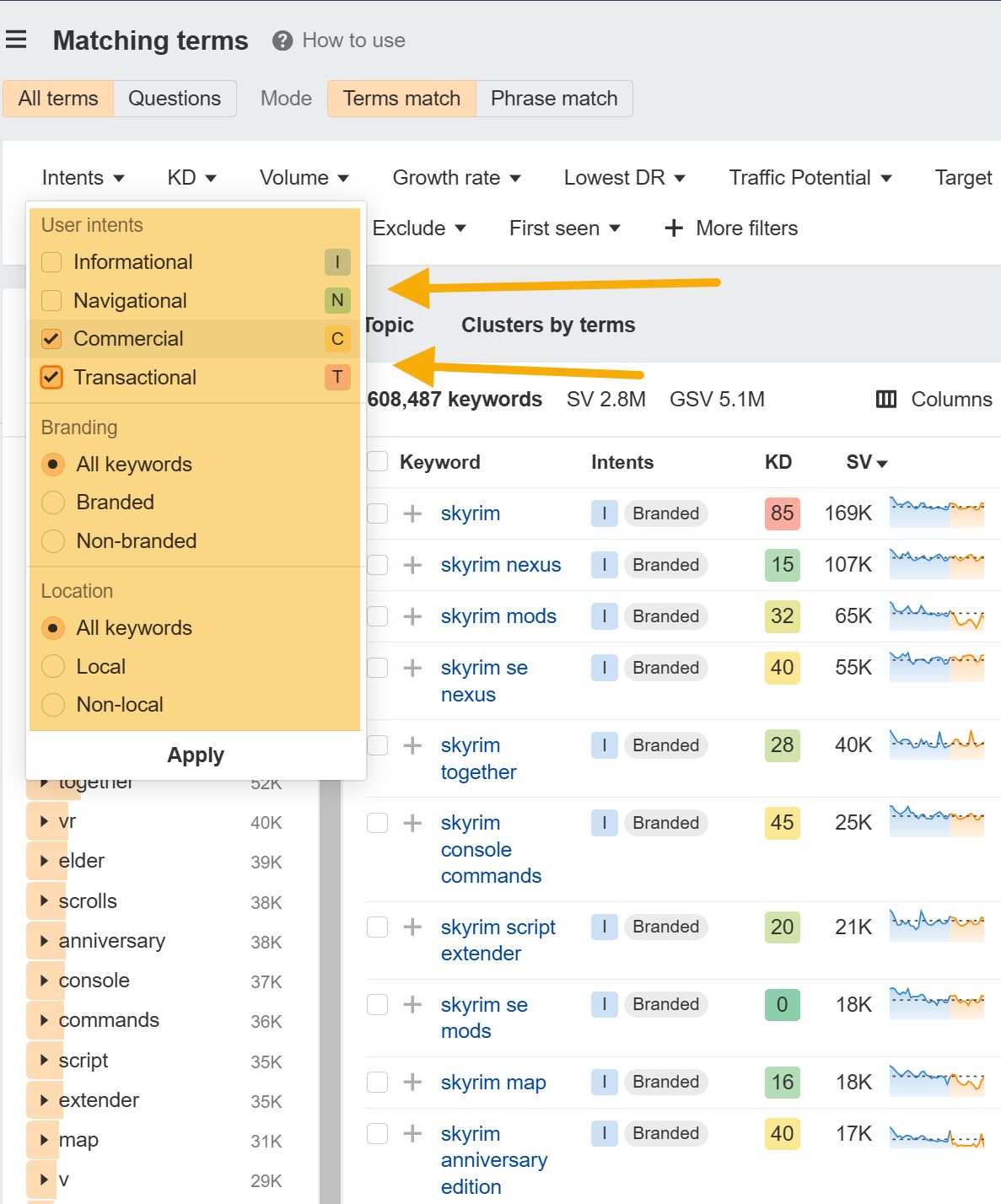Google has updated its mobile-first indexing developers guide, the company announced on Wednesday. New guidelines were added in a number of areas, including crawling, structured data, visual content, and best practices.
Below, you’ll find a summary of the additions. The document was updated on Jan. 21, 2020, with the previous version having been updated on Oct. 9, 2019.
Crawling. A section titled “Make sure that Googlebot can access and render your content” has been added. In it, developers are advised to use the same meta robots tags on the mobile and desktop versions of their site. This is particularly important with regards to the noindex and nofollow attributes.
Lazy loading of primary content is also discouraged, as Googlebot will not load content that requires user interaction, such as clicking, typing or swiping, to load.
The documentation also cautions developers about resources with different URLs on the mobile and desktop versions of your site, and says that if you want Google to crawl those resources, to ensure that they’re not blocked with the disallow directive.
The same content across mobile and desktop. Google has advised developers to maintain the same primary content across the desktop and mobile versions of their sites, but the documentation now includes the following warning.

Structured data. Structured data should be identical on both versions of your site. URLs within the structured data of your mobile site should also use mobile URLs.
Visual content. The new “Check visual content” section provides image and video guidelines.
Site owners should stick to persistent URLs for their images and use the same alt text across desktop and mobile. Google also warns that you may experience a temporary image traffic loss during the transition to mobile-first indexing if you’re using different image URLs for desktop and mobile.

As is this case with images, videos should also use persistent URLs. Site owners are also reminded to use the same video structured data across both versions of their site and to avoid placing videos in hard-to-find locations on mobile pages, such as areas that would require a lot of scrolling to find the video.
Best practices for separate URLs. Google added several points to its “Additional best practices for separate URLs” section.
Error page statuses should be the same on both desktop and mobile: if an error page is served on the mobile side but the desktop site shows normal content, that page will be missing from the index.
Avoid using fragment URLs on your mobile site. The fragment section of a URL appears at the end of the URL and is expressed with a hash (#) character; they are usually used to refer to a section within a page. “Most of the time, fragment URLs are not indexable, these pages will be missing from the index after your domain is enabled for mobile-first indexing,” the document reads.
Desktop versions that serve different content should have equivalent mobile versions. After your domain switches over to mobile-first indexing, pages will disappear from the index if different URLs redirect to the same URL on mobile devices.
Why we care. You cannot opt into or out of mobile-first indexing, which means that site owners are not in control of which version of their site gets crawled and indexed. Ensuring that both versions are properly maintained will result in a more pleasant experience for your users, regardless of the device they’re on, and make your pages more competitive within the search results.
About The Author
George Nguyen is an Associate Editor at Third Door Media. His background is in content marketing, journalism, and storytelling.
Content Copyrights Belong to The Author. All Rights Reserved.
We're A Dallas Digital Marketing Agency That is Experts At Social Media Marketing, Website Design and Emarketing and Promotion.



